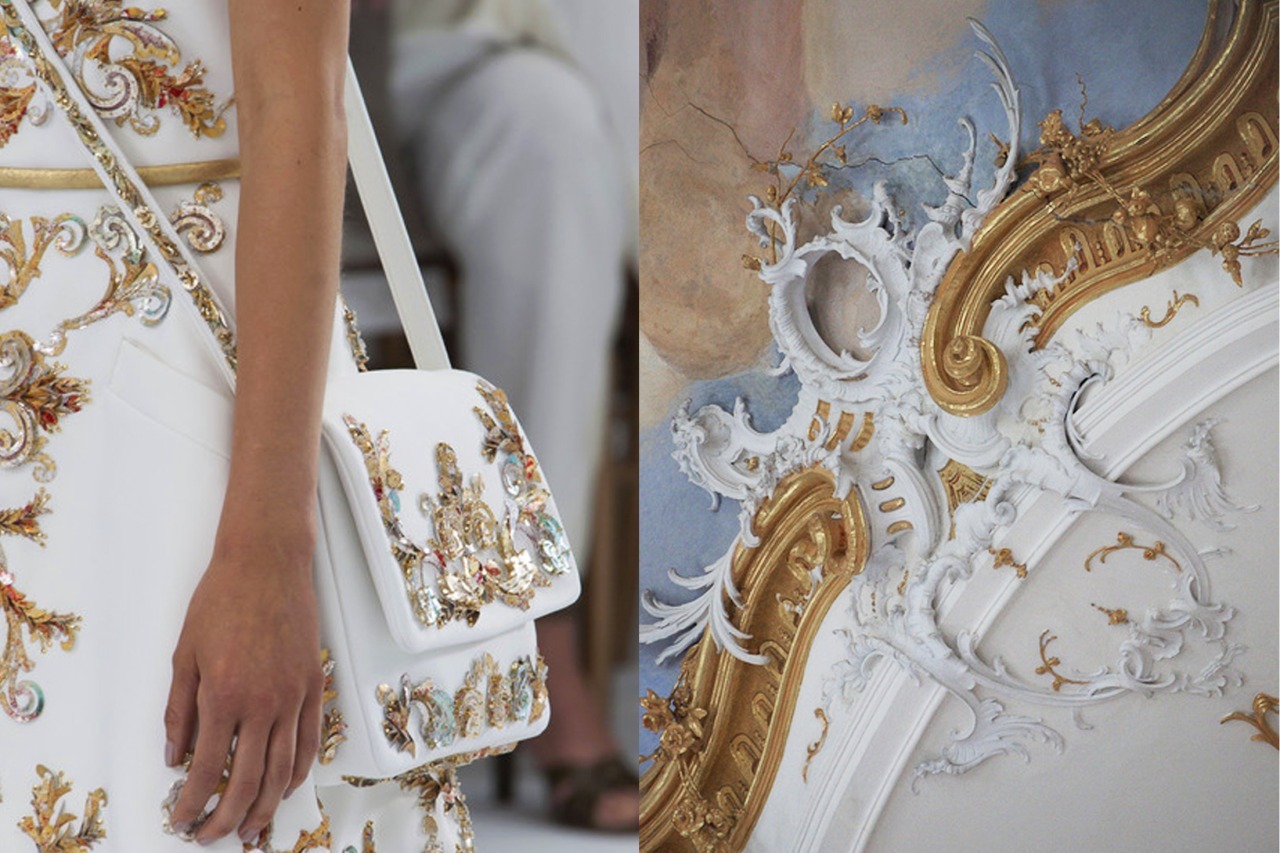Happy Friday, everyone!

We are back to our regularly scheduled content. This week I spoke with Ashley King, the Vice President of EnspiRED, to learn more about how they are adapting to the restrictions that COVID-19 has brought. This was a special interview, as Ashley is not only a talent and joy to speak with, but one of my good friends from high school. I was excited to learn more about the organization that she has fallen in love with.
In a normal year, EnspiRED is best-known for their annual fashion show with proceeds going to a charity they choose each year. Each show has a theme that is tied together through the outfits on the runway, the visuals that accompany the show, and even the wardrobes of those working the event. One of the most recent themes, astrology, was a personal favorite of Ashley.
During the past year, EnspiRED has obviously had to adjust much of what they do in light of COVID. They can no longer host their fashion show in-person, as it can attract hundreds in attendance, but they are finding ways to fit what they usually do into this new world of COVID.
I also asked Ashley about how she interprets the intersection of arts and fashion. She told me that to her, fashion is an art.

“You watch a Marc Jacobs, or a Vera Wang, or anybody’s fashion show and you’re like, wow, it must have taken some ingenuity to put this together, or a really creative mind to come up with that. I very much feel that fashion is in our forum because not everybody can, like, pick up some fabric and make something that everybody wants, and that’s from high fashion to fast fashion. There’s an art to all of it.”
I couldn’t agree more – and the energy that has to go into a fashion show is way beyond just designing the clothes. The staging, the lighting, the music, the makeup, the hair, all add to the concept and sells the experience.
If you want to get involved with EnspiRED, be sure to follow their Instagram account so that you can stay up-to-date on their upcoming events. Modeling and volunteer opportunities are also available most years, so be on the lookout for those. Lastly, their e-board will be opening up applications soon to lead the organization next year. Ashley’s advice? “Brush up on your interview skills.” Who wouldn’t want to be a part of one of the top fashion organizations on campus?
That’s all from me this week! Come back next week for more about the arts on campus this semester.
Stay safe & stay healthy!
-Lucy















![kylie_minogue_concert-original[1]](http://arts.umich.edu/ink/wp-content/uploads/kylie_minogue_concert-original1-287x300.jpg)




